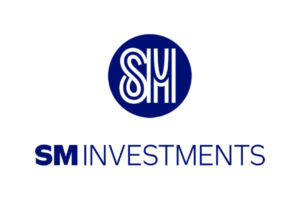April manufacturing growth slowest in 13 months

APRIL FACTORY ACTIVITY eased to its slowest pace in 13 months, as factories grappled with higher production costs due to supply chain issues and soaring fuel prices.
Preliminary data from the Philippine Statistics Authority’s Monthly Integrated Survey of Selected Industries showed manufacturing, as measured by the volume of production index (VoPI), inched up by 3.4% year on year in April.
This was significantly slower than the revised 352.3% growth in March and 157.8% a year earlier.
The April result was the slowest uptick in 13 months, or since the 73.1% contraction in March last year.
Manufacturing growth averaged 54.8% in the four months to April, a turnaround from the 19.4% average decline a year earlier.
“Factory output eased because of the high cost of production driven by a surge in fuel prices coupled by supply chain constraints,” Asian Institute of Management economist John Paolo R. Rivera said in an e-mail.
Mr. Rivera noted that some manufacturers might have limited production to deal with rising prices of raw materials, when they are unable to pass these costs to consumers.
In a separate e-mail, UnionBank of the Philippines, Inc. Chief Economist Ruben Carlo O. Asuncion said manufacturing’s slower reading in April was due to base effects.
“It’s clearly coming from a very high base year on year. We also have to consider the continuing impact of the supply-chain challenges due to geopolitical risks, not to mention the China slowdown impact,” he said.
S&P Global’s Philippines Manufacturing Purchasing Managers’ Index (PMI) rose to over four-year high of 54.3 in April from 53.2 in March. The 50 mark separates manufacturing expansion from contraction.
The sector’s recovery has been hampered by the Russia-Ukraine war, which sent global prices of oil and commodities to multi-year highs. Russia is the second-largest producer of crude oil while Ukraine is one of the top exporters of crop and wheat.
Meanwhile, China’s strict lockdowns stalled production in major hubs and disrupted global logistics and supply chains.
PSA data also showed 14 out of 22 industry divisions recorded expansions in April. Manufacture of textiles surged by 45.6% during the month, faster than the previous month’s record of 24%. It was followed by machinery and equipment except electrical (39.2% in April from 48.4% in March) and chemical and chemical products (33.7% from 28.3%).
On the other hand, declines were recorded for eight industry divisions led by electrical equipment (28.1% in April from 30.5% in March), printing and reproduction of recorded media (17.3% from 11.8%), and furniture (14.5% from 1.6%).
Capacity utilization rate — the extent to which industry resources are used in producing goods — averaged 69.2% in April, slowing from the revised 70.9% in the previous month.
Eighteen of 22 manufacturing subsectors reached an average capacity utilization of at least 60%.
Manufacturing output could fall in the coming months should fuel costs continue to increase, Mr. Rivera said.
Mr. Asuncion said factory output growth is expected to continue at a slower pace.
“We’re expecting it to be sustained but a slowdown may be expected. We have sensed this from the PMI data of late where it was marginally softer than the previous month. We still have manufacturing slightly above the expansion area by the end of this year,” he said. — Abigail Marie P. Yraola




